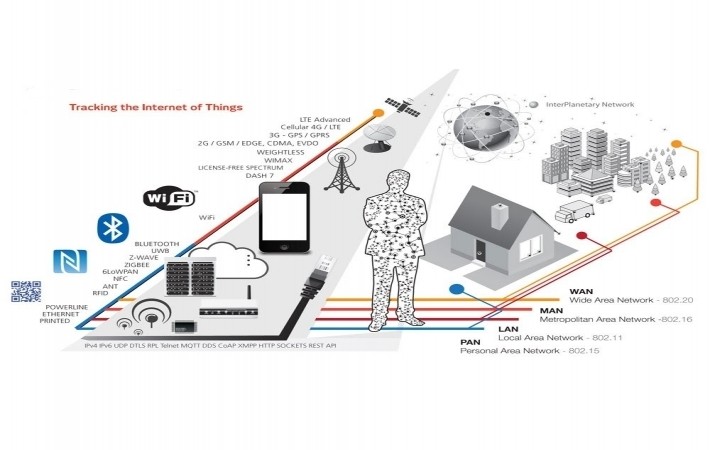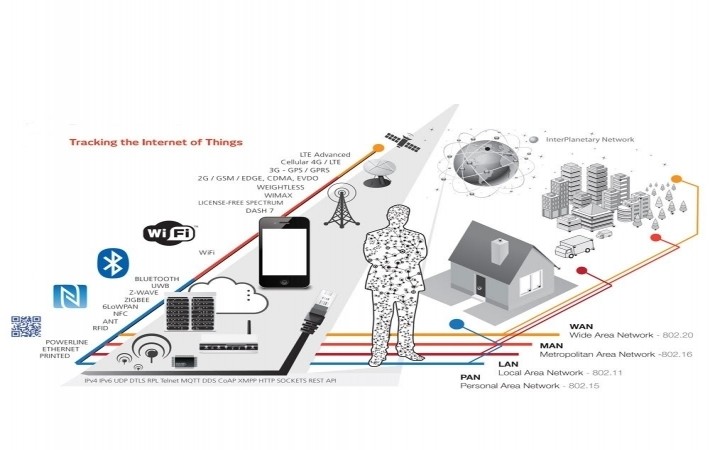
Published on 01/25/2017 | IoT Index
Whether 2017 is a good year for wall builders remains to be seen. Just as President Trump reaffirms his plan to wall off the Mexican border, pressure in building to tear down the walls that silo IoT data. The details differ but the basic logic applies to both cases. Walls defend a market from competition but reduce overall efficiency.
Achieving interoperability between IoT devices is a technical challenge that many industrial giants have no interest in undertaking. Market leaders have invested millions in developing proprietary protocols which they use to lock customers into their ecosystem of solutions and partners. Connecting their walled gardens and interoperating with external solutions lessens their differentiation. Their short term interests lie in defending data fragmentation.
But every cloud has a silver lining. Standards groups are gaining momentum as more companies acknowledge that IoT markets simply will not mature while data is siloed. The Open Interconnect Consortium and the AllSeen Alliance recently merged to form the OCF in a bid to align standards.
Intel's director for IoT communications frameworks, Gary Martz, told Fast Company, "Compatibility is not the space we need to differentiate our products on. This is the space where we all need to agree on interoperability, so we can all provide features above the standards." We applaud.

Our laptops and cellphones thrive on Wi-Fi but small IoT devices have typically lacked the energy to maintain Wi-Fi connectivity. To address the growing need, the Wifi-Alliance announced Wi-Fi HaLow in 2016. In addition to a lower energy demand, one major benefit is HaLow's ability to penetrate walls.
WiFi's biggest foothold is in media-rich devices: video cameras, streamed media and data-intensive apps. However, other protocols are not giving up the market without a fight. Z-Wave and Zigbee are both intensely competing for our homes.
Zigbee recently unveiled DotDot, "the universal language for the IoT", which enables smart objects to work together on any network. Connecting 95 products across more than 30 manufacturers, DotDot shows early potential. But its competitor Z-Wave is a market veteran with more than a decade under its belt, and is supported by heavyweights GE, AT&T and Verizon. Z-Wave counts 325 companies in its alliance. However, unlike Zigbee, Sigma Designs own Z-Wave's IP and this proprietary ownership could constrain adoption.
Some analysts predict true interoperability in 2017 but I expect the war of the standards to last well into the coming decade.
Dante counted 9 circles of Hell. There are 8 standards layers in an IoT solution. So the journey to interoperability should be moderately easier than Dante's journey through Hell.
Amazon Web Service (AWS) introduced its IoT solution as a "managed cloud platform that lets connected devices easily and securely interact with cloud applications and other devices". A nice sound bite. But as the figure below by OpenGeoSpatial shows, AWS with MQTT only addresses IoT network interoperability, it doesn't address IoT data interoperability. In other words, networks can talk to each other but they speak different languages.
In their very thorough article on SociallyAware, Stephanie Sharron and Nikita Tuckett noted that "some question whether such consolidation is necessary or even feasible, because interoperability takes place at different layers within the communications protocol stack among IoT systems and devices." Meanwhile, others, "emphasise that true interoperability requires any IoT device to be able to speak the same language, and connect and share information with other devices and systems, irrespective of platform or operating system, and that this requires one de facto protocol."
In brief, we have yet to agree on whether we are in IoT Hell, let alone on the quickest path out.
IoT is widely expected to get larger than the explosion of internet-related activities, with 3 key technologies to watch out: LoRaWAN, SigFox and NB-IoT. These technologies are changing the smart metering environment.
Focusing on an app distracts from or avoids entirely the much more critical system design work necessary for true enterprise IoT to succeed. A careful balance needs to be struck between system and project needs.
IoT Security As A Differentiator
IoT systems also depends on intrusion detection to be able to say that it has been attacked. One way to diagnose an intrusion is by means of redundancy in computations and processing, each isolated from one another.